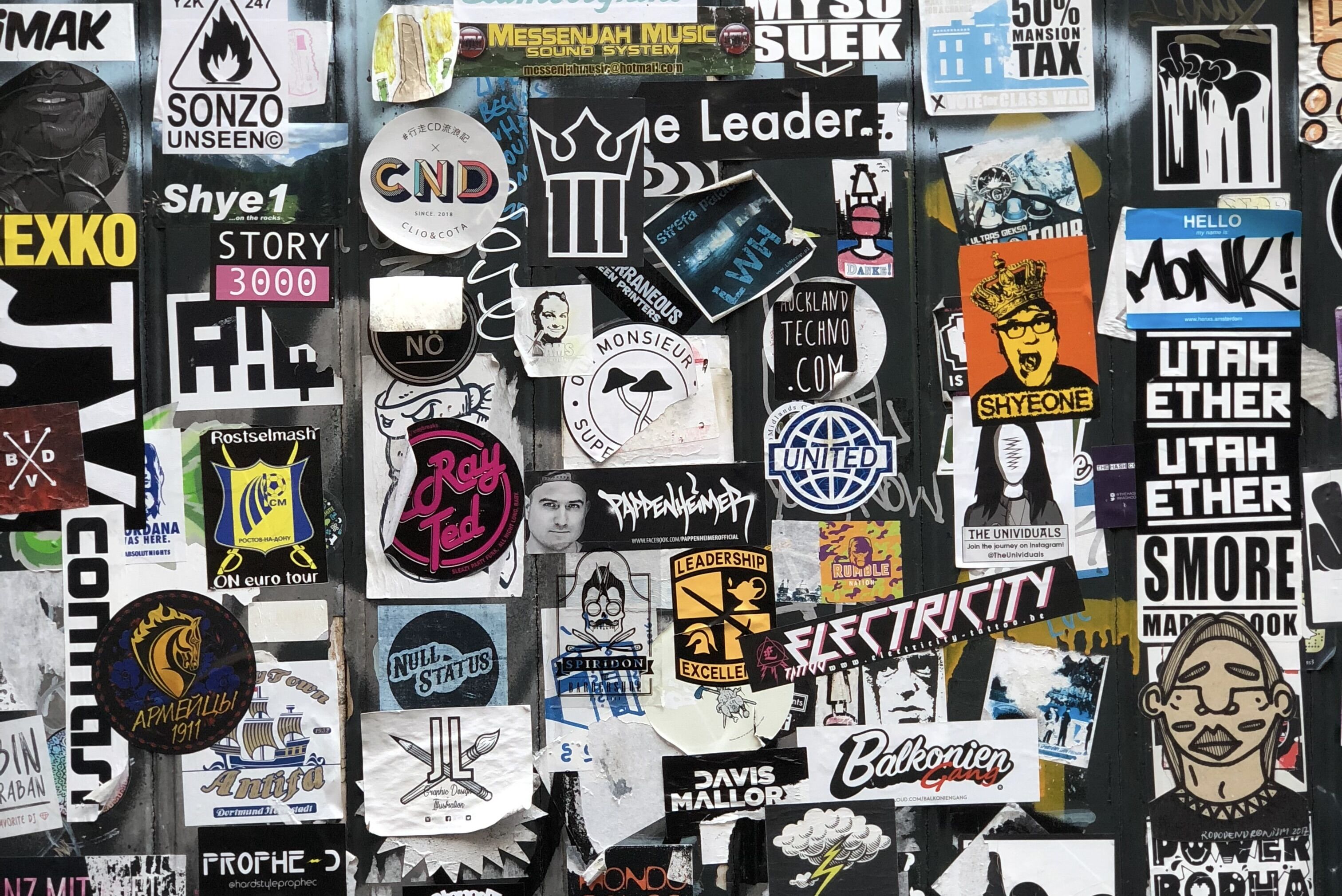Logo design is something that a lot of people can do, but not everybody knows the ins and outs of how to navigate the collaborative effort between designer and client. Have no fear! We’re here to help explain what to expect when going through the logo making process.
Discovery Sheet
The first step in creating a logo is to have the client answer questions about their brand and business values. This document is commonly called a discovery sheet or logo questionnaire.
Some questions on there might be:
- Describe your business in one sentence.
- Why did you start your business?
- What are you selling? / What are your services?
- What do you like about your logo? What do you dislike?
- Any specific colors, fonts or icons you prefer?
This document is a great tool to understand what creative direction to take the new logo and to align the vision of both client and designer. A discovery sheet is also useful for when designers hit a rut in the middle of the logo creating process. Sometimes a quick look can be a reminder of the wants and needs of the client to get back on track.

Research
After initial inquiries are collected, research can begin. It's a good habit to explore what other competitors are doing in that industry. This can give intel on how others are presenting their brand and what has been successful for businesses.
It's also wise to search for reference photos to give inspiration while designing. Often designers will pull symbols and other meaningful icons from the collection of photos a client provides. The more research that is done, the easier it will be to create a narrative for the logo.
Logo Exploration
Now that the discovery sheet is filled out and research is in hand, we get to the fun part of logo exploration. The big question … where to start? There is no wrong or right way to create the first draft of logo designs. Essentially, the first round is a brain dump. Even if a 'bad' design is created, inspiration from an element might evolve into another direction. The key here is to try. Some designers use a web of words or photos to start formulating a vision. This step can take anywhere from three hours to three weeks.
Fonts, Color Palette, Icons and Patterns
The exploration phase is where fonts, colors, icons and even patterns are curated. These elements set the tone for the brand and will subconsciously tell the viewer how to feel about this business. If all of these parts work in harmony, the logo will set a strong foundation for the rest of the branding materials moving forward.
Learn more about what makes a great logo.
Create Multiple Versions
Every designer has a different method but most choose to present three diverse logos to their client. Each logo design should include a vertical and horizontal mockup as well as a black and white version. All of these assets are flown into a presentation that breaks down why certain choices were made. This is where a designer can talk about the findings in their research and how it relates back to their logo design to create a story.
In order for the client to imagine the logo in a 3D space, it’s helpful to apply the design to a real life object. If a logo is being made for a coffee shop, the design might be photoshopped onto a mug or bag of beans. Other brand applications include t-shirts, hats, bandanas, and business cards. It gives the client a quick taste of their potential logo in use.
Get Feedback
Once the presentation is created, it can be sent over to the client for feedback. It's best practice to have a conversation by asking questions such as:
- Do you like how this element works with that?
- What do you think of the colors here?
- Is there anything left out that we should consider?
In the best case scenario, a client will gravitate towards one design and hit the ground running. In most cases they will like certain elements from each design. They could like the color from #1, the font from #2 and the icon from #3. The designer would then take their feedback and try to create a final logo that blends all of these elements together. In a very rare case the designs would be scrapped all together and it's back to the drawing board.
There are a lot of moving parts and abstract concepts to grasp when designing a logo, so it's possible a designer will not hit the mark the first time. It's all about communication and the willingness to try again. When adjustments are made and the client is happy, the logo is ready for launch!
Create a Brand Guide
Once a logo has been chosen, the final step is to create a brand guide. This is a document that encompasses logo lockup, icons/patterns, typography, colors and brand application. It will be used to build a cohesive brand identity and be a reference for those working with the logo in the future.
Building the foundation for a successful business starts with a sensational logo design. With a few steps and perseverance, any team can create something extraordinary. It all circles back to research, exploration, feedback and dedication.
If designing a logo and building your brand seems intimidating, contact Eternity to guide and collaborate with you through this process.

